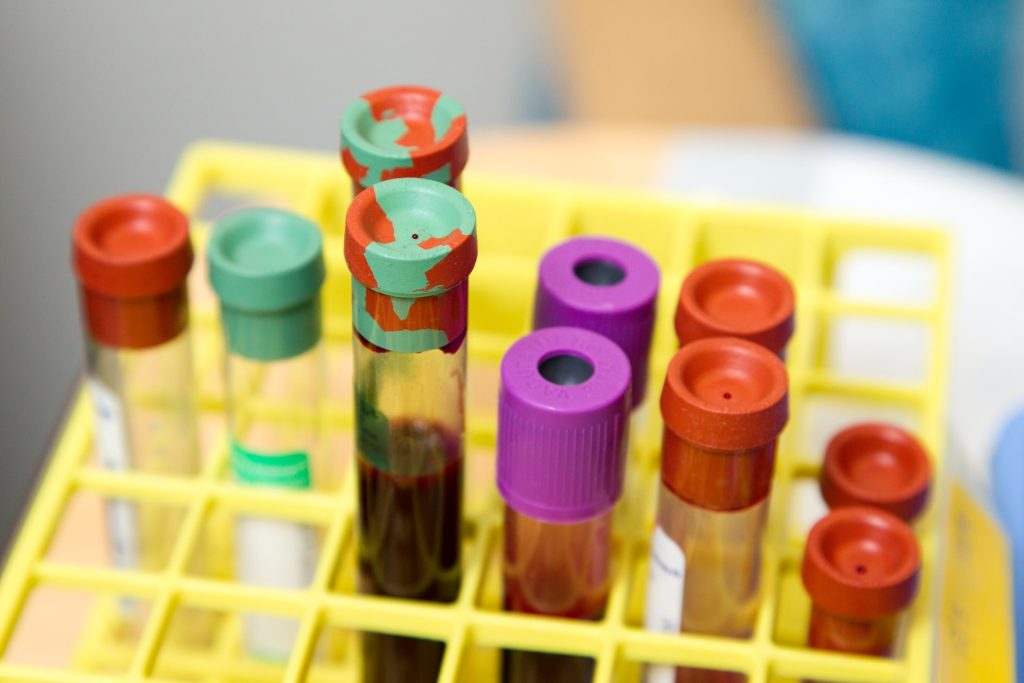Review of Research Finds No Link between Sickle Cell Trait and Sudden Death
Expert panel’s findings refute attribution of sudden death to sickle cell trait

A systematic literature review found no evidence to support that physical exertion without rhabdomyolysis (muscle breakdown) or heat injury can cause sudden death for individuals with sickle cell trait (SCT), nor is there any high-level evidence that SCT causes acute pain crises. These results were published in the American Society of Hematology’s flagship journal, Blood, and informed the Society’s updated position statement on SCT.
“SCT has long been misunderstood, fuelling widespread misinformation and medically inaccurate claims that it can lead to sudden death. This misconception has been especially prominent in cases of Black men with SCT,” said Belinda Avalos, MD, ASH president. “In light of the pervasive, widely publicized, and harmful nature of this myth, the Society aims to further promote accurate information to protect and empower affected communities.”
Individuals with SCT have one copy of the gene associated with sickle cell disease (SCD). SCD is a blood disorder characterised by misshapen blood cells that can cause blockages, leading to infections and episodes of severe pain, often referred to as acute pain crises. Unlike SCD, SCT – which affects over 100 million people worldwide, including 8 to 10% of Black Americans – is not a disease. Individuals with SCT do not go on to develop SCD and generally do not experience any related health complications.
“To date, this is the most authoritative and definitive systematic review on this subject,” said study author Michael R. DeBaun, MD, MPH, professor of pediatrics and medicine at Vanderbilt University School of Medicine and founder and director of the Vanderbilt-Meharry Sickle Cell Disease Center of Excellence. “This review shows that any primary, secondary, or tertiary cause of death attributable to SCT is not a diagnosis substantiated by the medical evidence.”
ASH convened an expert panel of hematologists and forensic pathologists to systematically review all existing available research to answer two primary questions: 1) Do uncomplicated acute pain crises occur in people with SCT? and 2) Can physical activity above baseline result in sudden death among those individuals?
The experts conducted a multi-database search for English-language studies on SCT and pain crises or mortality, identifying 1474 such citations. Only seven of those studies reported original data, included laboratory testing for SCT in individuals, and addressed the two primary research questions.
Of these studies, none assessed acute pain crises in individuals with SCT compared to those with SCD and only one described death in individuals reported to have SCT. This study of active-duty U.S. soldiers found only that SCT was associated with a higher risk of heat-related-exertional rhabdomyolysis, or muscle breakdown, but not a higher risk of death from any cause. After the implementation of precautions to prevent heat and environmental-related injury in military personnel, the race-adjusted risk of death was no different in individuals with SCT compared to individuals without SCT.
“In the absence of two medical conditions that we are all at risk for, exertional rhabdomyolysis or crush injuries leading to rhabdomyolysis, individuals with SCT are not susceptible to sudden death. Even under these extreme environmental conditions, unexplained sudden death cannot be attributed to SCT,” said Dr. DeBaun. Taken together, these findings demonstrate that “in individuals with SCT, the likelihood of SCT alone or pain crises being the root cause of sudden death is medically impossible,” he added.
While conducting this systematic review, the experts found several studies in which the presence of sickled blood cells at autopsy was cited as evidence of death by acute pain crisis in individuals with SCT. However, the experts did not find any studies that had human data to support this hypothesis, nor any clinical descriptions sufficient to make a diagnosis of an acute pain crisis immediately preceding death.
“Medicine, even in the post-mortem setting, is science,” said corresponding study author Lachelle D. Weeks, MD, PhD, assistant professor of medicine at Harvard Medical School and physician-scientist in the division of population sciences at Dana-Farber Cancer Institute. “Our diagnoses have to make sense and be backed by medical evidence. Given the findings of this study, we owe it to individuals with SCT to ensure that post-mortem examinations check for evidence of rhabdomyolysis and other medical or traumatic causes of death.”
The review had some limitations, most notably a lack of high quality, peer-reviewed direct evidence. To help mitigate this challenge, panel members were encouraged to consider indirect evidence when reviewing abstracts and judged evidence certainty following the GRADE (Grading of Recommendations, Assessment, Development and Evaluation) framework. However, given this paucity of data, the experts hope this review prompts additional SCT research.
Following the results of this study, ASH revised its position statement on SCT, which states that listing “sickle cell crisis” or “sickle cell trait” as a cause of death on an autopsy report for an individual with sickle cell trait is medically inaccurate and without medical evidence of causation. To read the updated statement and learn more about ASH’s advocacy efforts in this area, visit https://hematology.org/advocacy.
Source: American Society of Hematology


